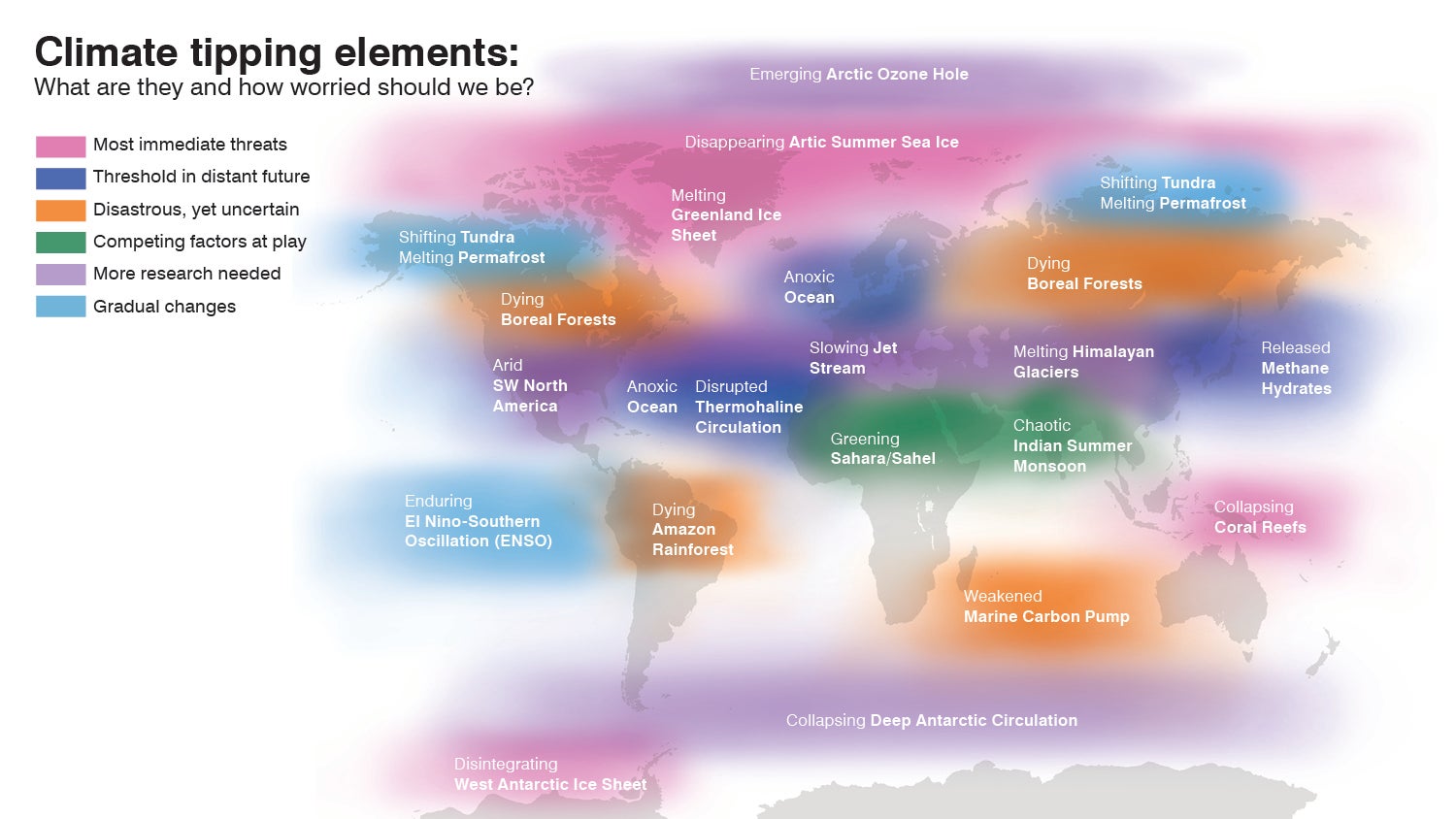Have you ever seen a truck belching black soot as you drive on the highway and wondered, “isn’t that level of pollution illegal?”
We see less and less of that these days, thanks to common sense standards from the Environmental Protection Agency (EPA) that protect us from this harmful, excessive pollution.
But that progress is now at risk. The current EPA Administrator, Scott Pruitt, is trying to reopen a loophole that would allow the sale of super-polluting trucks that lack modern pollution controls.
The trucks in question are called “glider trucks.” They look new – but their engines are old and polluting. Anyone who likes to breathe air should be concerned.
Loophole would risk as many as thousands of lives a year
Pruitt’s proposed loophole would allow the sale of glider trucks – new trucks with old engines installed in them – without any modern pollution controls.
These super-polluting trucks emit harmful soot and smog-causing pollutants – including oxides of nitrogen, particulate matter, and cancer-causing diesel particulate – at a rate as much as forty times that of new engines. By 2025, glider trucks would comprise just five percent of the nation’s truck fleet, but they would cause one third of the air pollution.
Data that Pruitt’s own agency has collected shows that reopening the loophole could result in as many as 6,400 premature deaths by 2021 from oxides of nitrogen and particulate matter pollution. That assessment is actually conservative, as it doesn’t account for the health harms from cancer-causing diesel particulate pollution or from smog formation caused by these super-polluting trucks.
Benefiting the worst polluters at the expense of responsible companies
Pruitt’s action to reopen this loophole goes against the stated wishes of other truck manufacturers and dealers, who responsibly invested in pollution control equipment and depend on a level playing field for the well-being of their businesses and the Americans they employ.
For example, truck dealership Nuss Trucks commented that:
The original intent of selling gilder [trucks] has moved from a rebuilding mechanism to now mainly evading diesel emissions EPA mandates.
Volvo, the manufacturer of MAC Trucks, noted that the availability of “glider trucks” is creating:
an unlevel playing field for manufacturers of new vehicles designed and certified to be compliant to all current emissions, fuel efficiency, and safety regulations.
So why is Pruitt giving the glider industry special treatment over responsible trucking companies — and over the health of American families?
As recently reported by the Washington Post, Pruitt granted a glider industry request to reconsider the standards after a meeting with a major glider manufacturer in May.
That same manufacturer prominently hosted an event for Donald Trump early in his presidential campaign.
Super-polluting trucks are designed to evade pollution controls
Historically, only a few hundred glider trucks were sold each year. They were typically produced by truck repair shops when a customer wanted to salvage the undamaged engine from a wrecked truck by installing it into a new frame.
But after pollution limits on heavy-duty freight engines were updated in 2010, a small handful of companies recognized a loophole – an opportunity to sell old, dirty engines in new frames, and thereby evade modern pollution standards. The result was mass production of super-polluting trucks that do not come close to meeting current emission standards.
Glider truck manufacturers created a market that didn’t exist before 2010. They made a business out of sourcing large numbers of old, high-polluting engines to sell in new trucks, with sales likely surpassing 10,000 a year in the last few years. The pre-2002 engines they mainly use have essentially no air pollution controls, and cause the classic puff of black diesel smoke you hated to be stuck behind in traffic. (And with good reason, as diesel particulate is known to cause lung cancer.)
EPA took action in 2016 to close the loophole and bring glider truck sales back to pre-2010 levels.
The agency took pains to cause as little disruption as possible while still meeting its responsibility under the Clean Air Act to protect public health and welfare. It phased in the glider truck standards over a period of several years, and never outright banned the sale of glider vehicles (since it recognized the benefit to truckers in being able to salvage the engine from a damaged truck).
Under EPA’s common sense actions to close the loophole, beginning in 2018, glider manufacturers must cap production of high-polluting vehicles at 300 annually beginning in 2018. They may continue to produce additional glider vehicles as long as those meet the modern air pollution controls that all other manufacturers already have to meet.
A decision with devastating consequences for our health
Pruitt announced his intent to revisit the just-closed loophole in August of this year. He has now released a new proposal to repeal emission requirements for these super-polluting trucks, indicating that he is moving forward with his regressive plan to reopen this loophole and put thousands of lives at risk.
Pruitt’s attempt to repeal these important safeguards reeks of political cronyism, and is being done at the expense of public health. Families and communities across America will be exposed to the dangerous pollution from thousands more of these dirty trucks on our highways. We all deserve better – especially from EPA, the agency with the core mission of protecting us from pollution.










 Michael Honeycutt – the man set to lead the U.S. Environmental Protection Agency’s prestigious Science Advisory Board – has spent most of his career as a credentialed counterpoint against almost anything the EPA has proposed to protect human health.
Michael Honeycutt – the man set to lead the U.S. Environmental Protection Agency’s prestigious Science Advisory Board – has spent most of his career as a credentialed counterpoint against almost anything the EPA has proposed to protect human health.

